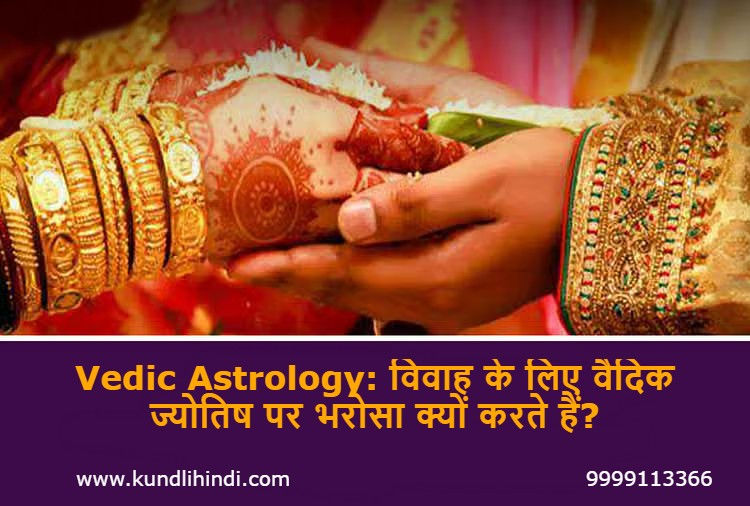What are the types of Gunas in Kundali Matching?
- Dr. Vinay Bajrangi

- Jul 31, 2023
- 3 min read

Kundli Matching, also known as Kundli Matching or Horoscope Matching, is a traditional practice in Vedic astrology that involves analyzing and comparing the birth charts of prospective partners to determine their compatibility for marriage. It is believed that a successful and harmonious marriage can be ensured when the Kundli Gunas, or the qualities and characteristics of the individuals, align well.
While matching kundli for marriage, various factors are considered, including the placement of planets, their positions in different houses, and the aspects they form with each other. These factors help astrologers assess the compatibility and overall suitability of the prospective partners. The analysis of birth charts plays a crucial role in this process.
The Kundli Gunas are categorized into eight types: Ashtakoot Milan or Kuta system. Each Guna represents a specific aspect of life and contributes to the overall compatibility score. Let's explore these Gunas in detail:
Varna (1 point): Varna represents the spiritual compatibility between the partners. It assesses their temperament and defines their spiritual development. This Guna is associated with the caste system in ancient times but is now interpreted as compatibility regarding their nature and behavior.
Vashya (2 points): Vashya measures the control and influence one partner has over the other. It evaluates the mutual attraction and dominance in the relationship. The classification of Vashya includes five types: Aries, Taurus, Gemini, Cancer, and Leo, representing increasing levels of compatibility.
Tara (3 points): Tara Guna assesses the health and well-being of the partners after marriage. It focuses on the compatibility of their birth stars or Nakshatras. Tara Guna helps determine the longevity and overall health of the relationship.
Yoni (4 points): Yoni represents the sexual compatibility and harmony between the partners. It assesses their biological and physical compatibility. Yoni Guna categorizes individuals into animal symbols, such as Lion, Elephant, Horse, etc., representing certain characteristics.
Graha Maitri (5 points): Graha Maitri evaluates the compatibility and friendship between the ruling planets of the partners' birth charts. It analyzes the harmonious connection and communication between the partners, indicating their ability to support and understand each other.
Gana (6 points): Gana determines the temperament and nature of the partners. It classifies individuals into three categories: Deva (divine), Manushya (human), and Rakshasa (demonic). It focuses on the compatibility of their inherent qualities and behaviour patterns.
Bhakoot (7 points): Bhakoot evaluates the compatibility and emotional bonding between the partners. It analyzes the influence of the Moon sign on their relationship and assesses the harmony or potential conflicts that may arise.
Nadi (8 points): Nadi measures the genetic compatibility and overall health of the progeny. It assesses the presence of similar or different Nadi (pulse) in the birth charts. Matching Nadi is crucial to ensure a healthy and prosperous lineage.
When we analyze a birth chart for kundli matching, each Guna is assigned a specific number of points. The cumulative score helps determine the overall compatibility between the partners. Higher scores indicate better compatibility and the likelihood of a successful and harmonious marriage.
In conclusion, if one wishes to know how to analyze my birth chart for marriage, he can also use online kundli matching for free. Online Kundli matching facilitates the analysis of various Kundli Gunas to assess the compatibility of prospective partners for marriage. The eight Gunas, including Varna, Vashya, Tara, Yoni, Graha Maitri, Gana, Bhakoot, and Nadi, cover different compatibility aspects and contribute to the overall score.
Kundli matching is essential for a successful marriage. The key to a successful marriage is compatibility between the partners, which can be identified and established using kundli matching.
Know how your day will be with a daily horoscope
Source: https://sites.google.com/view/pachangam/blog/what-are-the-types-of-gunas-in-kundali-matching










Comments